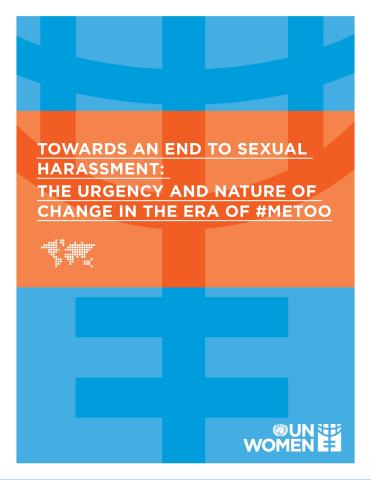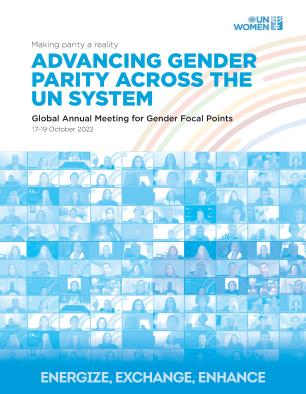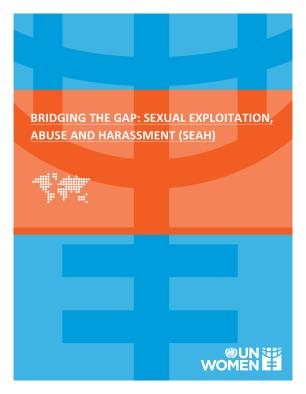
Towards an end to sexual harassment: The urgency and nature of change in the era of #MeToo

The #MeToo movement has made obvious that sexual harassment is a universal phenomenon that occurs in private and public spaces, and in formal and informal institutions, including government agencies, private sector, non-governmental organizations (NGOs), and the United Nations.
This publication intends to support policy makers, employers, and activists by sharing UN Women’s work on this topic and offering new guidance on policy and practice on sexual harassment. It does so within the context of international commitments and standards that address violence, discrimination against women, and human rights, such as the Convention on the Elimination of all Forms of Discrimination against Women (CEDAW) and the Sustainable Development Goals (SDGs).
The publication defines sexual harassment as a form of violence and discrimination rooted in historic power imbalances and the male dominated culture, which permeates governments, the private sector, international organizations, and even areas of civil society. It underscores that leadership and culture change are the foundation for permanent and meaningful organizational change to end sexual harassment. It includes “Core elements of effective sexual harassment policy and procedure” as well as examples of UN Women’s specific work against sexual harassment in a range of contexts. Moreover, it includes contributions from UN Women’s Youth Council and the United Nations Feminist Network towards ending sexual harassment.



